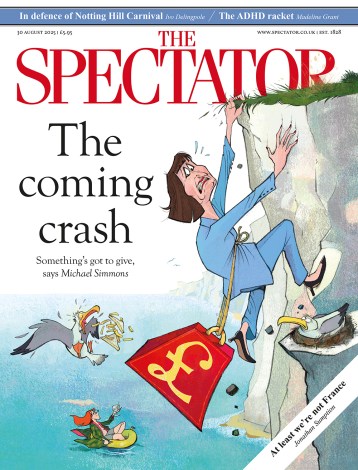Classy act
Michael Grandage, boss of the Donmar, is a most unusual director. He has no ideas. His rivals go in for party-theme, concept-album, pop-video Shakespeare (provincial folksiness in metropolitan disguise), but Grandage just goes in for Shakespeare. He arrives with no prejudices or pieties, only solutions. He’s the bard’s delivery boy. His current production of King Lear sweeps the stage clean of the usual Ozzy Osbourne clutter and reduces the inventory to just three items, a map, a chair and a pillory for Kent. Nothing else. This daring austerity opens things up and allows the mysterious, grotesque, lurching and inscrutable play to do its best and worst, to charm, horrify, move














